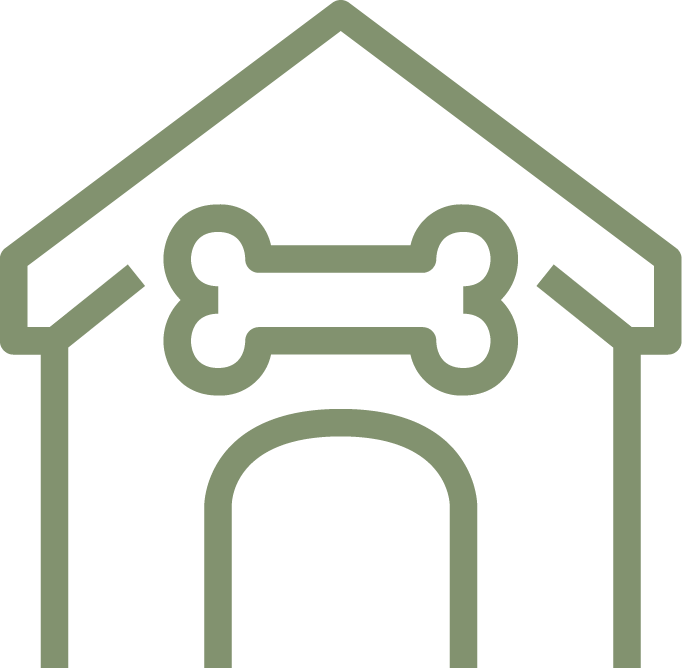Cookie Brain and Me
60 days in 5 locations. That’s what we were told on the first day of training for my new pup, Dawson. Yes, you all know his name by now so it does sound clunky and a bit expositional. But for those of you new to my blog I can’t very well move forward without first telling you about my adorable 6 month old Bernese Mountain Dog. Anyway, back to what I was saying. 60 days in 5 locations actually means 60 days of a command being successfully executed in no less than 5 different locations – excluding your home – before said command will become habitual for your pup.
Now, I have heard it said that for a habit to take root in humans it takes three days of repetition. Brushing teeth, washing your hair, remembering to close the garage door or take out the trash –because you left a bunch of stinky cheese in it and the next morning Girlfriend is unimpressed with the smell seeping into the bedroom — all count as habits that an adult male can form in 3 days. Honestly, I think whoever created that rule was giving us a lot of credit. These days, it’s usually around 2 PM before I remember I haven’t showered yet. But sure, let’s say 3 days just to make us sound more capable.
That’s why when my new puppy trainer explained on day one of class that we would need to enforce our puppy’s behavior with 60 days’ worth of attempts in 5 unique locations I was shocked. I was shocked because the sudden time commitment aside, I was wondering just where I was going to find 5 locations in the middle of a Covid restricted town in negative 10 degree weather. More than that, I was shocked because I had just been told by the same dog-trainer only moments earlier that my puppy had the intellect of a two year old toddler and could pick up all kinds of instruction in practically no time.
Now, I don’t know about you, but I haven’t seen a lot of situationally aware toddlers wandering the streets of my small town. Point of fact, the very close proximity of a usually sleep deprived, shirt-stained, and hair unkempt father signals to me that toddlers, like my dog, Dawson, are absolutely crap at picking up on commands – regardless of how often they are enforced or how frustrated, tired, and disheveled their parents may be. Toddlers, like my dog Dawson, are small adorable sociopaths with little in the way of social conscience.
That lack of a conscience means they could absolutely care less about your feelings or commands. I am sure some of you are going to say, “No way. My dog knows when I am sad, happy or angry.” And you’re probably right. Extreme behavior aside, however, your dog could care less about your need for sleep, your sense of privacy or modesty and he definitely doesn’t care about his performance in front of a classroom full of his peers when you are begging him to sit for the 5th time and the Labrador to your right is giggling under his nose at you both.
Now, dog owners have one thing going for us: treats. Treats are the positive reinforcement you need when training a pup because as much as those cute bundles of fur are desperate to please you, they are far more desperate for a piece of that meaty goodness wedged into your hand. However, all those treats can backfire when it comes to puppy training as we learned the hard way.
Of course, any time you start a training program with your pet, finding the right treat for your dog is important. We started off with small strips of bacon. The up-side, Dawson loved bacon. The down side, we were going through strips of the stuff every time we worked on sit, stay, come. Hmmm, change of plans. We picked up a low-calorie bite-size freeze dried alternative to bacon and had equal success on our dog’s obedience all be it with a longer lasting supply of the stuff and far less greasy left-over in our pockets. Dawson was just as enthusiastic to grab the little bits of dry meat from our hands after a successful ‘Down… good boy’ as he had been for bacon. When the treats ran out we shifted to just using his kibble as a motivator and we realized it really didn’t matter what we offered our dog as bait for completing a command, he gobbled it up and swallowed it whole without tasting a thing.
Quickly, however, a new trend was emerging. As Dawson learned more and more commands around town, his enthusiasm was growing but for treats, not obedience. Every walk, sit, stay, down or heel was met with a wide-eyed stare going from our hands to our pockets and back to our hands. In fact, rather than following our commands, Dawson would repeat each and every command he knew in random order hoping he would land on the specific trick we were looking for in an effort to secure himself a treat which would instantly be swallowed whole. If he missed the one we had asked for he would sit or lay on the ground grumbling at us waiting for the treat. We were growing frustrated.
“He has cookie brain.” That’s what she called it, the trainer standing in front of me with a reproachful look on her face. “He has cookie-brain.” I looked down at my dog with disappointment. “He seems so smart,” I mumbled to myself. “Oh he is, he is,” she assured me. “He’s smart enough to know that when you want him to do something, he’s going to get a treat. That’s not obedience, that’s bribery.” Dawson looked up at me with a smile, then glanced to my pocket where my hands were shamefully hiding from him hoping there were treats coming. “So what do I do?” The look on her face spoke volumes. “Stop giving him so many treats, dummy.” She could tell I was obviously upset with myself, after all, training classes were really more about getting me trained, not my dog and there was no one to blame here but myself. “Okay, okay, there’s a bit more to it than that.”
With puppy training, what you are looking for is REINFORCEMENT. This is a key word and it matters a whole lot. Reinforcement is a consequence to a behavior that increases the probability of that behavior being repeated. A BRIBE is something offered before the behavior as a way of encouraging an action that the pet would otherwise prefer not to do. There is a significant difference when it comes to results of the two. Bribery does not increase the likelihood of repetition. In fact, it has the opposite affect and quite often creates a situation in which the dog’s positive behavior will become harder and harder to reinforce. I had, quite unwittingly, created a situation in which I was bribing my dog. By giving my dog too many treats, too often, and by repeatedly placing them in my right pocket my dog had learned without me realizing it that hand in pocket – which is where it often was as I was ordering a command – meant treats were coming. His actions were less about listening to me and far more about how quickly he could get himself a treat.
So what do I have to do differently? As always I do my best to end my blog by offering some insight into how best to solve such problems that I assume some of you are facing. The first thing is to minimize negative reinforcement. Using the ‘come’ command only to then lock my dog in his crate as we left the house, or when he was getting his ears cleaned was not going to reinforce behavior. So, step one, remove all negative reinforcement.
Step two. Don’t reward with treats alone. Treats are great when learning a new command but you want to begin to switch away from treats to ‘good-boys’ as quicky as possible. Positive reinforcement can be so many things for your dog, and treats are not the only way to his heart. This is where you see things like clickers being introduced. Clickers are a great way to signal that the dog has done something good. The only thing a clicker means is ‘yes.’ Remember that.
And finally, step three. Learn to hide treats. Remember Pavlov’s experiment with dogs: ring a bell and the dogs began to salivate? Every time I was reaching into my right pocket, my dog would begin salivating. He had learned that treats came from my pocket and any time my hands were in my pockets his attention span and obedience instantly became predicated on getting a treat – regardless if that was my intention. You need to become a treat-magician. Keep the treats in between fingers you’re your sleeves, alternating pockets, or get a treat bag attached to your belt where you won’t be inclined to place your hands and still allows quick access for those times you need to reinforce the behavior.
All in all, my dog has benefited considerably from his new training regimen. He sits, stays, lays down and comes when called. Now it’s time to train myself.
Let me know how training is going for you and your pup – any successes you have found that work wonders? Thanks for reading.


